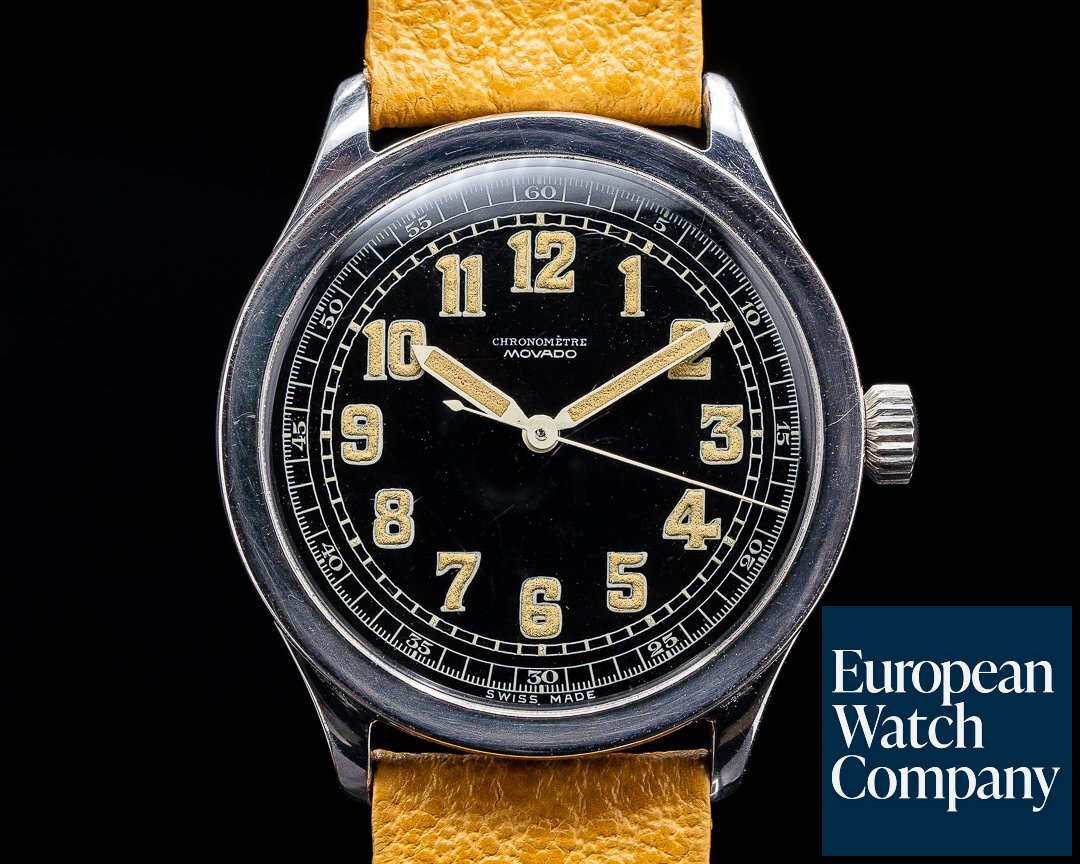

This meant the watch could be mounted on a traditional watch chain and pulled from a pocket - or suspended around an elegant neck.īut the Ermeto wasn’t all about style without substance. Then, next in size order came the ‘Master’, the somewhat rationally-named ‘Normal’ and the ladies’ ‘Baby’ watch, designed to slip into a clutch handbag as one sipped Martinis at Raffles’ Long Bar.Įach of the smaller Ermetos had a tiny metal eye on one bottom corner. The largest Ermeto, the Pullman, was designed as an 8-day travel clock that the smart traveller could prop on their nightstand as they were whisked from Paris to Istanbul on the Orient Express. Or, more accurately, the watchmaker designed a range of travel timepieces. Movado designed the Ermeto as a travel watch from the start. The two halves enclose the watch, protect its face and back and also give you more options than even the flipside of a Reverso. Some are enameled, some are cased in leather or shagreen over metal, others are set with jewels. On later Ermetos, you can even see the crown turning as the rack-winding mechanism winds the watch.Īnd the case is one of the Ermeto’s main fascinations. In fact, do this just three times a day and you have wound the watch for 24 hours. Move the two halves of the Ermeto case apart and back together and you’ve wound your watch. Simply because this particular Movado comes in a case that simultaneously seals (‘ermeto’ is ‘sealed’ in greek) and winds the watch - at least, on an Ermeto from 1927 onwards. Rather appropriate for a business that made travel watches. It’s an Esperanto word meaning ‘always in motion’. In 1899, they racked up six "first-class Official Rating Certificates" for their watches and, in 1900, walked away with the 'Silver Medal' at the Universal demonstration in Paris. As one of the first makers to use electricity and mechanisation, he was far ahead of many other firms who were still using hand techniques.ĭitesheim’s ideas paid off. By 1897 he was employing 80 staff and running one of the largest workshops in Switzerland. He moved from Alsace to the watchmaking centre of La Chaux-de-Fonds in the Jura mountains. The business was founded in 1881 by the Swiss watchmaker Achille Ditesheim. Movado is familiar to collectors, but most know little about the firm’s history. And it’s the watch that started it all - the 1926 Movado Ermeto. But there’s a hidden gem of a watch that pre-dates the GMT by nearly 30 years and has a history every bit as fascinating. If you want a vintage travel watch, the usual suspects would be Rolex’s 1954 GMT Master (first made for PanAm aircrew) or even a dual-movement Sandoz or Delma from the 1970s.


 0 kommentar(er)
0 kommentar(er)
